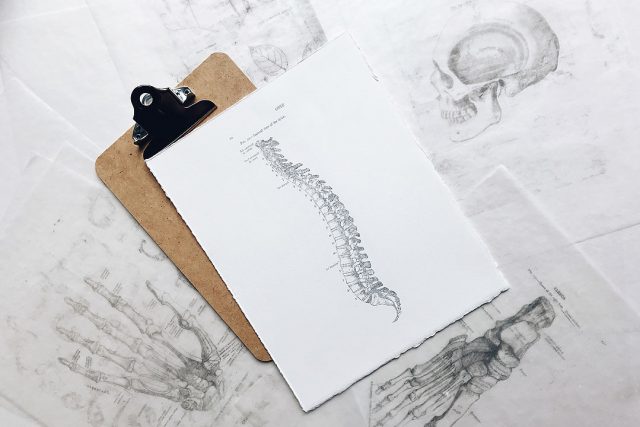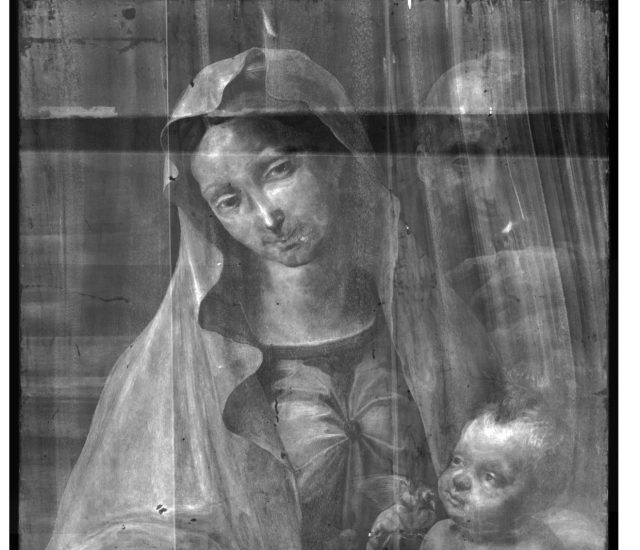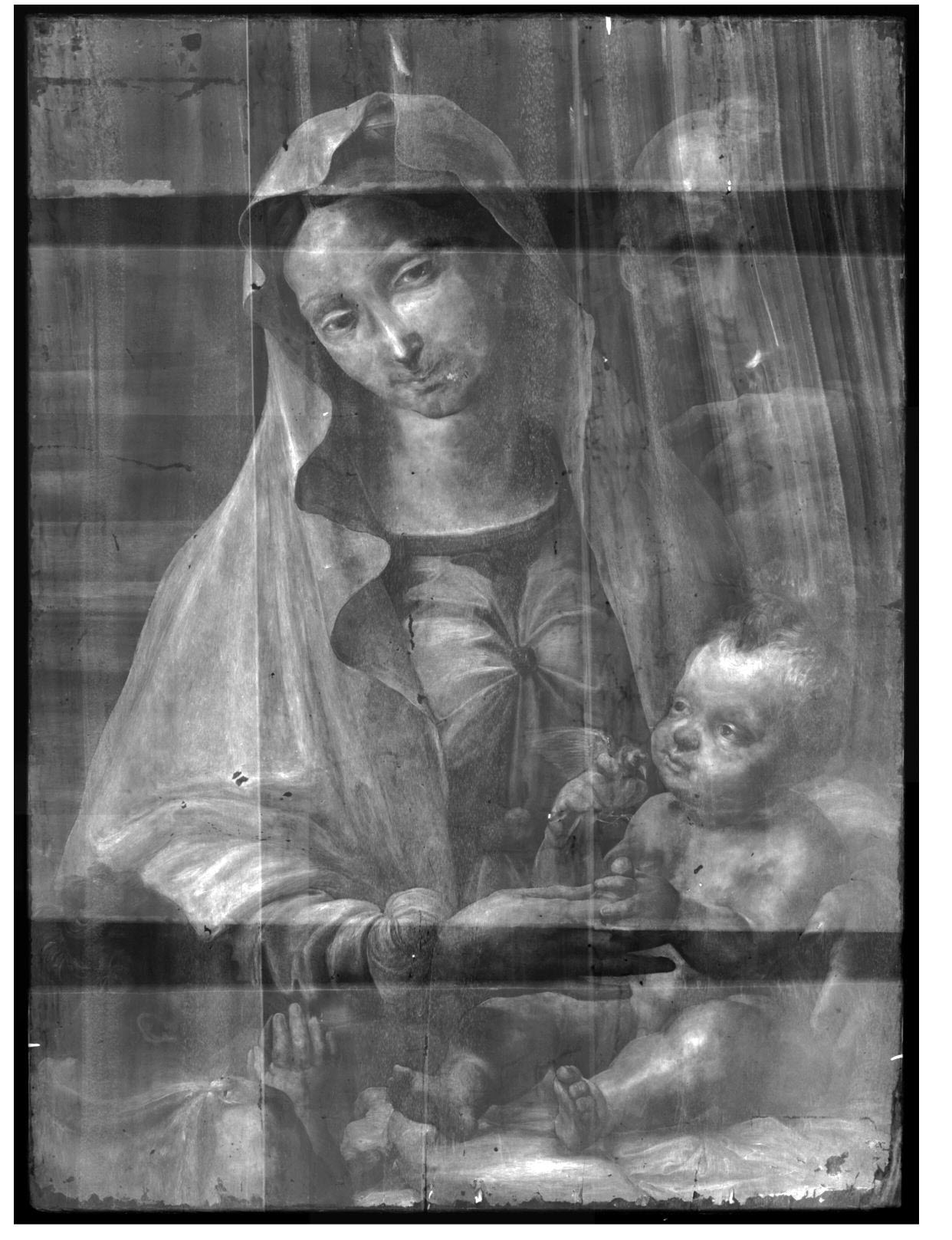Aboitiz group’s net income up 38% in Q3
ABOITIZ Equity Ventures, Inc.’s (AEV) net income increased by 38% to P6.1 billion in the third quarter on the back of the higher earnings of its subsidiary Aboitiz Power Corp..
AEV said in a disclosure to the stock exchange on Tuesday that it recognized nonrecurring gains of P252 million in the period, up from P16 million a year ago, from the revaluation of its dollar-denominated assets.
“Without these one-off gains, the company’s core net income for the third quarter of 2021 was P5.8 billion, a 33% increase year on year,” it said.
Its consolidated earnings before interest, tax, depreciation and amortization (EBITDA) was at P16.7 billion, 5% higher from a year ago.
For the first nine months, AEV’s net income surged 135% to P19.5 billion. It recognized nonrecurring gains of P83 million in the period, up against P5 million the year prior, due to the revaluation of its dollar-denominated assets.
AEV said without these one-off gains, AEV’s core net income for January to September 2021 was P19.5 billion, up 133% year on year, while its consolidated EBITDA rose 28% of P49.5 billion.
“As we approach the end of 2021, we see the light at the end of the tunnel growing brighter in terms of the pandemic, and the Aboitiz Group’s performance trajectory continues to substantially improve throughout the current health crisis, posting figures that are again much higher than last year’s,” Aboitiz Group President and Chief Executive Officer Sabin M. Aboitiz said.
Among its business units, AboitizPower made up 58% of the total income contributions in the first nine months of the year, followed by financial services at 26%, food at 7%, infrastructure at 6%, and real estate at 3%.
In a separate disclosure on Tuesday, AboitizPower reported a consolidated net income of P5.6 billion in the third quarter, 70% higher than the P3.3 billion it posted in the same period in 2020.
It said it recognized nonrecurring losses of P41 million in the quarter against P305 million last year.
“Without these one-off losses, core net income for the third quarter of 2021 was P5.6 billion, 89% higher year on year. This was primarily due to commissioning revenue from the company’s new facility, GNPower Dinginin Ltd. Co. Unit 1, higher water inflow for AboitizPower’s hydro plants, higher availability of the Therma Luzon, Inc., Therma South, Inc. and Therma Visayas, Inc. facilities, and higher WESM (Wholesale Electricity Spot Market) dispatch in compliance with the must offer rule,” AboitizPower said.
For the first nine months of the year, AboitizPower posted a 124% increase in its net profit to P15.7 billion.
The company recognized nonrecurring losses of P36 million, lower than P528 million previously, due to net foreign exchange gains on the revaluation of dollar-denominated liabilities.
“Energy demand is continuously picking up as the country recovers from the pandemic. We look forward to the commercial operations of GNPD Unit 1 by end-November this year. This will deliver the much-needed energy into the grid to meet the country’s growing demand. Unit 2 is expected to be synchronized by Q1 2022,” AboitizPower President and Chief Executive Officer Emmanuel V. Rubio said.
“We are also excited about our pipeline of projects, which are mainly renewables and already in various stages of development. In addition to these new projects, our baseload plants have been performing well above benchmark targets for availability and reliability. This is to ensure that while we are aggressively pursuing renewables, we continue to serve the Philippines’ baseload requirements. We remain committed to balancing the reliability, cost-efficiency, and sustainability of our country’s energy system,” Mr. Rubio added.
Meanwhile, UnionBank of the Philippines, Inc. contributed P5.4 billion to AEV’s net income in the first nine months, 26% higher year on year “due to strong trading gains in the first half of the year, higher foreign exchange income, and higher fees and commissions.”
For food, AEV’s non-listed subsidiaries Pilmico Foods Corp., Pilmico Animal Nutrition Corp., and Pilmico International Pte. Ltd. contributed P1.5 billion, 54% higher year on year.
Meanwhile, for infrastructure, Republic Cement and Building Materials, Inc. contributed P1.4 billion to the total income of AEV in the period, 247% higher from the prior year due to higher demand for residential and infrastructure segments and the deferred tax liabilities of infrastructure under the Corporate Recovery and Tax Incentives for Enterprises law.
For real estate, Aboitiz Land, Inc. and its subsidiaries’ income contribution was at P2.9 billion in the first nine months, up by 34% from last year.
AEV shares went up by 2.69% or P1.30 to close at P49.70 apiece on Tuesday, while AboitizPower gained 0.93% or 0.3 centavos to finish at P32.45 each. — BADA














